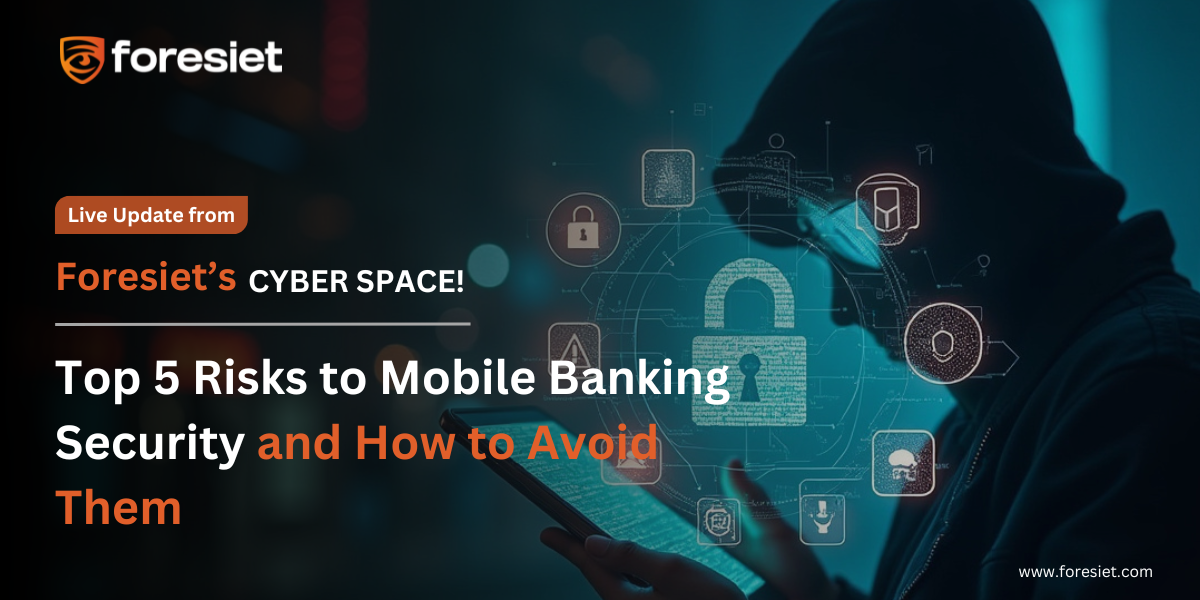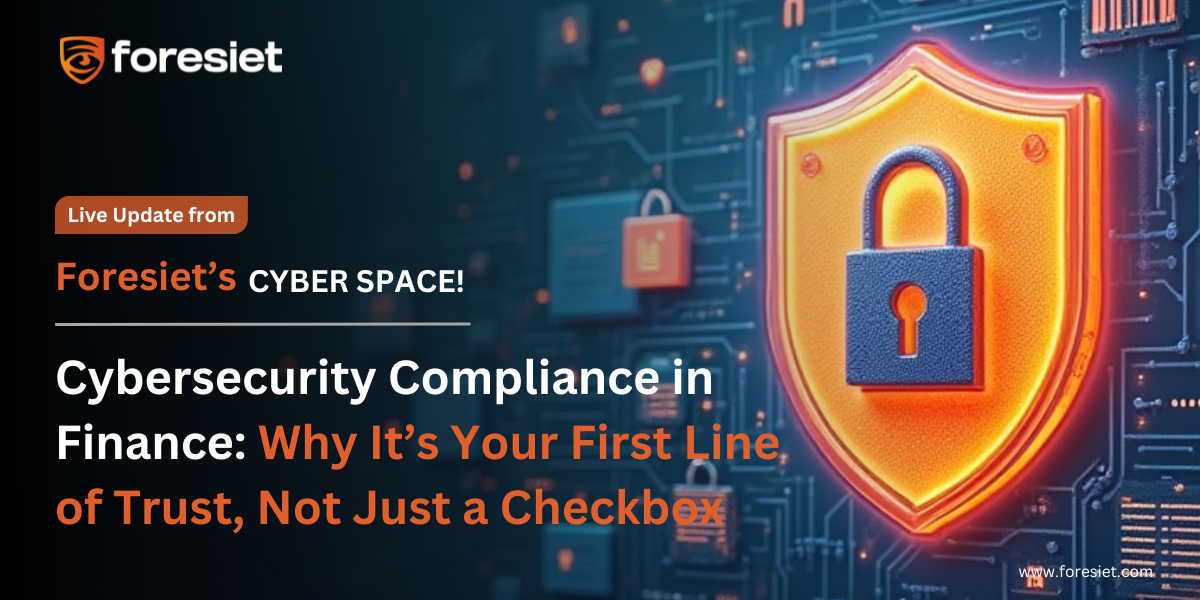Top 5 Mobile Banking Threats & How to Stay Protected

Introduction: Mobile Banking Is Boom—So Are the Threats
Mobile banking has quickly become a way of life — whether you're transferring cash on the go, checking your balance from your wristwatch, or paying dinner bills with a QR code. But with convenience, there is risk. Cybercrooks are tuning in, testing, and coming up with more ways to get in.
From synthetic identities to fake apps, the threats are imminent and continuous. As more people bank with their smartphones, financial institutions and consumers alike need to get ahead of the game with the proper cybersecurity tools.
Let's break down the top 5 mobile banking threats and see how to secure your digital financial life.
1. Mobile Banking Trojans: The Sneaky Thieves in Disguise
Think your phone is safe because you downloaded a "clean" file manager or torch app? Think again.
Mobile banking trojans are sophisticated malware disguised as regular apps. Upon installation, they request strange permissions to access sensitive information—like your card number, login details, and even one-time passwords (OTPs). They typically operate stealthily, capturing SMS codes and enabling unauthorized transactions without raising the alarm.
How to Protect Against Trojans:
- Tool Binding: Bind accounts to certain devices, making it harder for malware to operate across devices.
- Regular Updates: Regularly update your mobile OS and banking apps to cover known vulnerabilities.
- Threat Intelligence Tools: Companies like Foresiet offer real-time threat detection to identify trojan signatures even before they can harm your systems.
2. Phishing Attacks: Fraud in Your Inbox and SMS
Phishing remains the most effective attack vector for mobile banking. These attacks arrive via SMS, email, or even cloned websites that look identical to your bank's login page. One careless click can provide your attackers with your credentials.
Worst of all, phishing kits are purchased openly on the dark web—which makes it simple for amateur criminals to send professional-looking attacks.
Risk Mitigation Steps:
- Train users to recognize suspicious messages and links.
- Make use of web-based risk assessment tools to notify of unusual access patterns.
- Use darknet monitoring tools (like those offered by Foresiet) to detect the sale or supply of hacked credentials.
3. Fake Banking Apps: Impersonators That Share Your Data
Cyberthieves are getting creative—distributing counterfeit copies of popular banking apps to intercept their users' login credentials. The malicious apps often have nearly identical branding, so they're nearly impossible to distinguish from authentic versions for the average user.
Prevention Tips:
- Install only apps from trusted stores (Apple App Store or Google Play).
- Use digital footprint analysis software to monitor app stores for pirated copies of your brand.
- Regularly review app permissions and report anomalies in usage.
4. Public Wi-Fi & Man-in-the-Middle (MitM) Attacks
Free Wi-Fi in airports or cafes might be handy, but they usually are not encrypted—becoming playgrounds for hackers. In a MitM attack, an attacker can capture your conversation with your bank app, steal information, or introduce malicious code.
Defense Techniques:
- Don't bank on public Wi-Fi. Stick to cellular data or a trusted VPN instead.
- Make sure your banking apps support end-to-end encryption.
- For banks, layer on additional behavioral analytics to identify out-of-pattern access from unsecure networks.
5. Synthetic Identity Theft: Scammers Building Fake You
Synthetic identity fraud is one of the fastest-emerging threats in fintech—where attackers combine genuine and constructed information (like an SSN that has been stolen and a name that's been constructed) to create entirely new identities. They use these to open accounts, obtain credit, and initiate high-value transactions—all under a profile that doesn't technically exist.
How to Stay Ahead:
- Enable multi-factor authentication (MFA) and biometric logins.
- Employ compromised data tracking tools to recognize early signs of identity spoofing.
- Employ digital threat scoring to assess account threats in real-time.
Conclusion: A Shared Responsibility
Mobile banking is here to stay—and so are the threats. But that doesn't mean you have to play defense forever. With knowledge of these threats and taking action to defend yourself against them, you can protect not only your financial health but your digital identity.
Banks and fintech companies must adopt a multi-layered security posture that includes stolen credentials protection, brand impersonation defense, and dark web monitoring.
Foresiet-type products provide advanced threat intelligence and dark web monitoring capabilities that allow organizations to unveil risks before they mature into breaches.
Quick Security Tips for Everyday Users:
- Update applications periodically to receive the latest security patches.
- Use strong, unique passwords and enable MFA.
- Supports biometric sign in-face or fingerprint recognition gives a boost of security.
About us!
Foresiet is the pioneering force in digital security solutions, offering the first integrated Digital Risk Protection SaaS platform. With 24x7x365 dark web monitoring and proactive threat intelligence, Foresiet safeguards against data breaches and intellectual property theft. Our robust suite includes brand protection, takedown services, and supply chain assessment, enhancing your organization's defense mechanisms. Attack surface management is a key component of our approach, ensuring comprehensive protection across all vulnerable points. Compliance is assured through adherence to ISO27001, NIST, GDPR, PCI, SOX, HIPAA, SAMA, CITC, and Third Party regulations. Additionally, our advanced antiphishing shield provides unparalleled protection against malicious emails. Trust Foresiet to empower your organization to navigate the digital landscape securely and confidently.
Protect your brand, reputation, data, and systems with Foresiet's Integrated Digital Risk Platform. 24/7/365 threat monitoring for total peace of mind.


July 10, 2025, 9 a.m.
